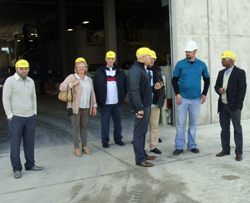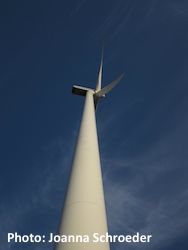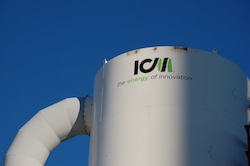Gene Hammond and Mark Muncey, co-owners of Travelers Motor Club and Association Motor Club Marketing have endorsed E15 (15 percent ethanol and 85 percent petroleum in motor gasoline). American Coalition for Ethanol (ACE) Senior Vice President Ron Lamberty thanked the motorclubs, who have members in all 50 states, for setting the record straight on E15.
Hammond, who has worked in the auto club business for 40 years said, “Not one of our over 18 million members has called us with a problem related to the new E15 fuel or any  ethanol blend. Travelers Motor Club and Association Motor Club Marketing support the use of E15 in vehicles as a safe and affordable alternative to gasoline.”
ethanol blend. Travelers Motor Club and Association Motor Club Marketing support the use of E15 in vehicles as a safe and affordable alternative to gasoline.”
Lamberty called it “eerily appropriate” for the auto clubs to speak out so close to Halloween. “Ethanol opponents have done a masterful job of devising E15 horror stories, and we appreciate these two motor clubs shining the light on the campaign being waged by Big Oil and AAA, and showing drivers that the E15 monsters aren’t real.”
“Real-world results trump ghost stories, and the real-world findings of these two auto clubs mirror what we have heard from fuel station owners who sell E15: they’ve had no customer complaints, no breakdowns, and no repair bills from drivers who fill-up with E15,” continued Lamberty. “In fact, because E15 is a higher-octane fuel that costs less than regular, stations with E15 are gaining customers and E15 has become the second highest volume fuel in most of the stations that sell it.”
Lamberty said the motor clubs’ announcement, coupled with last week’s U.S. Court of Appeals ruling rejecting an E15 lawsuit filed by Big Oil, automakers, and the small engine lobby, “offers hope that truth will win out over fear-mongering”.Read More











